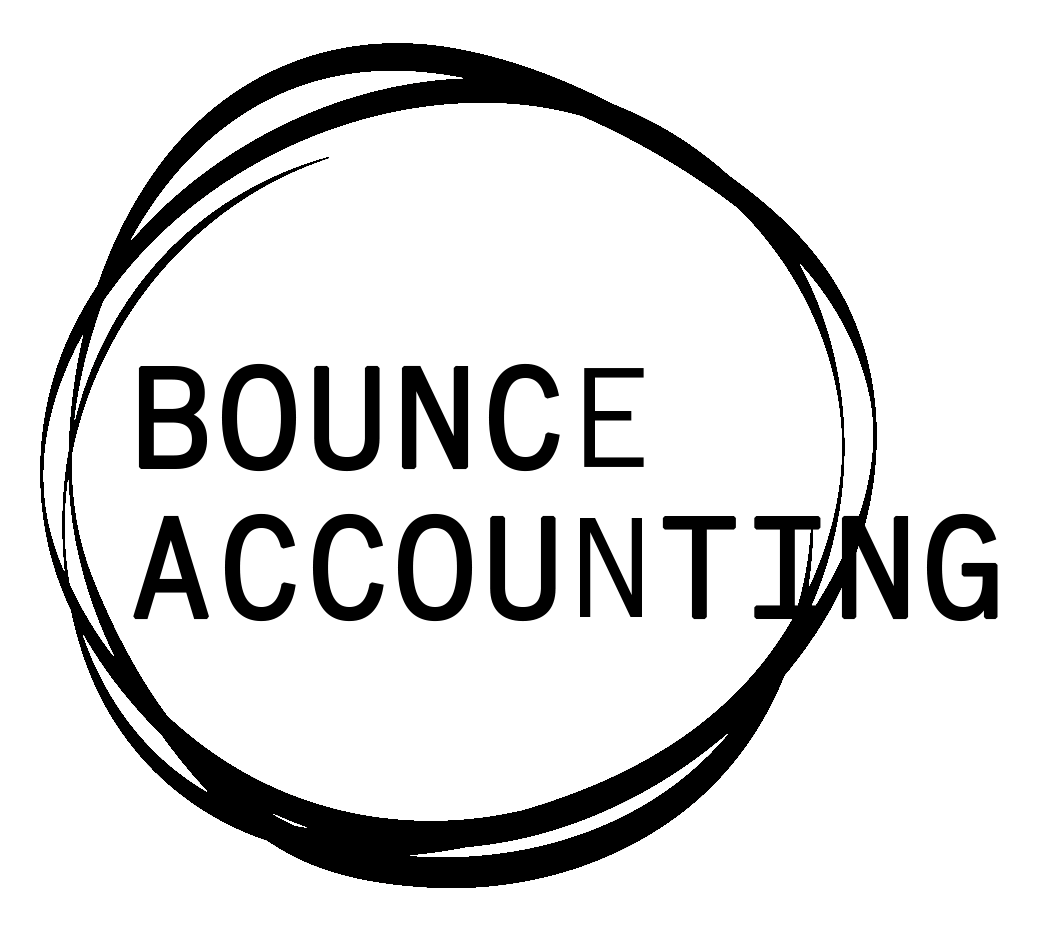
Nothing is more important than creating a budget that will serve you well throughout your next fiscal year, and one that has buy-in from all the right people in your organization. Your budget is a tool that reflects your mission, vision, values, and strategic priorities. Here’s a ten-step process that will enable you to avoid some of the pitfalls that trip up non-profits when creating the annual budget.
Step One
Establish your budgeting timetable. You’ll want to give yourself, your staff, and your board of trustees plenty of time to complete each of the steps in the budgeting process. Set a target date to have your budget completed and board-approved. This should be before the start of your next fiscal year. Leave plenty of time for review and discussion.
Step Two
Reach consensus on your budgeting process. Before you dig into creating your next budget, you and the board of trustees need to agree on the process you will use. Review the process outlined here and modify it to meet your needs. Assign roles and responsibilities. Decide how decisions will be made and who will make them. Will you use a simple majority vote? Consensus? Agree on how conflicts will be resolved. How much data will you require for major budget lines? Can you live with a certain degree of uncertainty for other budget lines? Which ones?
Step Three
Reach consensus on what you want to achieve next fiscal year. Review your strategic plan. What financial and program delivery goals were set for the year? These goals should drive the budgeting process.
Step Four
Review and understand your current financial status. Run a report of current income and expenses against budget. Adjust amounts to reflect where you think you will finish the year. Are there variances of a significant nature? If so, what are the reasons for those variances?
Step Five
Create a draft expense budget. Look at the goals set out in step three. What expenses are associated with your program delivery goals, and what expenses are associated with your organization goals? Using your chart of accounts, estimate costs for each expense account. Decide if accounts need to be added based on new programs or new organizational goals.
There are two ways to approach this step: zero-based or incremental. In zero-based budgeting, you start from “zero” for the line item and then budget expenses based on what is needed. With incremental budgeting, you look at the current year and then budget an incremental increase or decrease based on knowledge you have about rising or falling costs for that line item. An example might be rent which you know is increasing 2% next year. In this case, you would use incremental budgeting and simply budget 2% more than what you paid this year.
Clearly, this step will take a great deal of time to complete and, depending on the size and structure of your non-profit organization, should be carried out by board committees and staff. Use knowledge gained in step four to inform the creation of your draft expense budget.
Step Six
Create a draft income budget. Using the same method above look at each of your contributed and earned income lines.
Contributed Income – Individuals
For individuals at the upper levels of your giving pyramid, use the zero-based budgeting method. A discussion should be had with each of your major donors (and the staff or board members responsible for maintaining a relationship with these donors) about the specific donor’s giving priorities for the upcoming fiscal year. Budget accordingly. For the lower and middle levels of your giving pyramid use incremental budgeting to arrive at a number that represents how your organization is trending with giving from individual donors.
Contributed Income – Institutional Giving
Use zero-based budgeting for major corporate donors, government agencies, and foundations that make, or will be making, significant contributions to your organization next fiscal year. List each source of funding and a dollar amount you feel you are likely to receive based on conversations you have had with each funder. Less significant but still meaningful gifts from these sources can be budgeted using incremental budgeting.
Special Events
For special events and galas that are not changing in nature, incremental budgeting may be used. For special events and galas that are being produced for the first time, zero-based budgeting should be used.
Earned Income
For new earned income revenue streams use zero-based budgeting and project conservatively. Until you have historical data to work with, it can be risky to be overly optimistic about how a new source of income will perform. For ongoing earned income revenue streams use incremental budgeting and base your projections on economic trends in your service area.
Step Seven
Review your budget drafts. Do your budgets satisfy program and organizational goals? Were the assumptions used to arrive at numbers for each line item sound? What is making you uncomfortable? Does income exceed expenses? You should be budgeting to add to your reserves rather than budgeting to balance to “zero.” Fine tune until you have a budget that you can live with.
Step Eight
Get your budget approved. Present the draft budgets to the committees responsible for each aspect of the budget. Your development committee should feel comfortable with your contributed income budget and your marketing committee should feel comfortable with your earned income budget. Programming committees should be comfortable with your program budgets, etc. After committees have signed off on your draft budgets, they should be presented to the full board for approval. Document their approval in your board meeting minutes.
Step Nine
Implement your budget. Enter your budget into your accounting software so that you can track income and expenses against it. Charge department heads with responsibility for managing the budget lines they are responsible for.
Step Ten
Monitor and report. Your progress toward income achievement and expense management should be reported to the board at regular intervals, certainly after fundraising campaigns and special events, and after programs are completed, but no less than quarterly. Knowledge about your organization’s financial position will enable you and your board of trustees to make adjustments throughout the fiscal year so that there are no surprises when it comes time to prepare and file your 990.
 John Thew is President of BOUNCE ACCOUNTING, a company founded to help organizations create and manage effective accounting systems. He has over 30 years of experience working with companies in the for-profit and nonprofit sectors helping them to grow top and bottom line revenue.
John Thew is President of BOUNCE ACCOUNTING, a company founded to help organizations create and manage effective accounting systems. He has over 30 years of experience working with companies in the for-profit and nonprofit sectors helping them to grow top and bottom line revenue.

